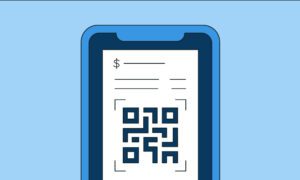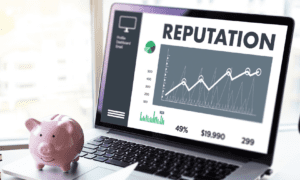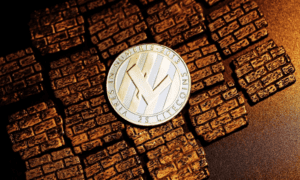Central banks around the world are actively testing blockchain technology for a myriad of applications, with a particular focus on the digitisation of national currencies. Policymakers are drawn to the promises that a faster, more efficient digital economy will bring – cost reduction, crime prevention and the ability to execute monetary policies more effectively.
Dubbed the greatest invention since the Internet, blockchain is a shared digital ledger that can be programmed to record not just financial transactions but virtually everything of value. It has already disrupted the financial services industry and snapped it out of complacency. Threatened by a slew of fintech startups in recent years, traditional banks have been scrambling to stay relevant by investing heavily in new financial services and figuring out ways to deliver old ones more efficiently.
Governments have also come to realise that they can no longer stand on the sideline. Many central banks around the world are now actively examining how to incorporate blockchain in their infrastructure and to potentially digitise their sovereign currencies. The central bank of Singapore, for instance, is working on projects to improve inter-bank payments and to allow bank users to exchange currency with one another. Bank of Israel, similarly, is reportedly thinking of issuing its own digital money in order to create a faster payments system and move towards a cashless economy. Other countries are working in unison – United Arab Emirates and Saudi Arabia, for example, are aiming to launch a cryptocurrency that would be accepted in cross-border transactions between the two nations. The list goes on.
The general sentiment of central banks is bullish when it comes to adopting the distributed ledger technology, according to a 2017 study by the Cambridge Centre for Alternative Finance, titled ‘Global Blockchain Benchmarking Study’. One in five central banks surveyed said they will deploy some form of blockchain technology within the next two years, with more than 80% most enthusiastic about issuing their own digital currencies on the shared ledger, the research found.
“The most cited advantage of distributed ledger technology by central banks is the potential for cost reductions in terms of transactions, settlement, and reconciliation costs,” the Cambridge paper noted. In a blockchain world, each transaction is held in a shared database in the cloud, without a central authority acting as the middleman. By cutting out the intermediaries such as banks and credit card companies, blockchain enables near real-time executions and significantly lowers fees. Its security is ensured by the fact that no single person has the power to tamper with the records, and the algorithm keeps the checks and balances in place.
Every transaction on the distributed ledger is also immutable and irreversible, making money transfers within and across borders more secure and transparent. Previously, peer-to-peer exchange was restricted to physical cash, which doesn’t leave a clear audit trail and has consistently been the currency of choice for the black market – a blind spot where cash movements go undetected by authorities.
“The global audit log provided by the use of a distributed ledger enables greater transparency and traceability, which a considerable number of central banks stated could be helpful in assisting them with their supervision role,” the Cambridge study highlighted. Transparency of money flows will also allow central banks to run a more efficient and effective monetary policy as they would gain a more accurate picture of currency movements across borders. In the long-run, a digitised economy would also be much cheaper to maintain than a cash-based one.
To put theory into practice, central banks are turning to fintech companies to help them navigate the waters. Various central banks from the Middle East and Asia, for instance, are in discussions with Singapore-based startup Everex to explore putting their national fiat currencies on blockchain. Each digital currency would be pegged to the country’s fiat currency, thereby mimicking cash in its ability to store value. For example, 1 USD will equal 1 digital USD on the blockchain, and this stability is key to sustaining a digitised economy. And as each country’s central bank is responsible
for issuing its own crypto-money, every virtual currency would be backed by a government and not fall prey to wild market speculations like Bitcoin.
The advantages of using a peer-to-peer system are most valuable in regions of the world where banking is not prevalent. The World Bank estimates that about 2 billion people worldwide are unbanked either due to geographical constraints (living too far from banks) or lack of funds to open a bank account. Many of these same people depend on money sent by family members working abroad, and blockchain presents an ideal solution by allowing instant money transfers without the high fees charged by remittance companies like Western Union. It also eliminates the need for migrant workers looking to avoid hefty fees to funnel funds through the black market. This real need for a legitimate remittance system, along with the high penetration rate of smartphone usage in these regions, present an enormous opportunity for blockchain adoption.
There is no doubt that central banks around the globe are preparing to embrace blockchain technology and its far- reaching potentials of easing global payments and crime prevention. But they also realise that blockchain is still in a nascent stage, and many policymakers emphasize that real-life implementation of the technology will be some time away. Overhauling the global financial infrastructure is an enormous undertaking. Central banks will need to cooperate with one another and with lawmakers in order to tackle the many challenges they face – particularly surrounding the issues of security and regulation. After all, money, whether physically or digitally, is only of value when it is backed by trust.

















































